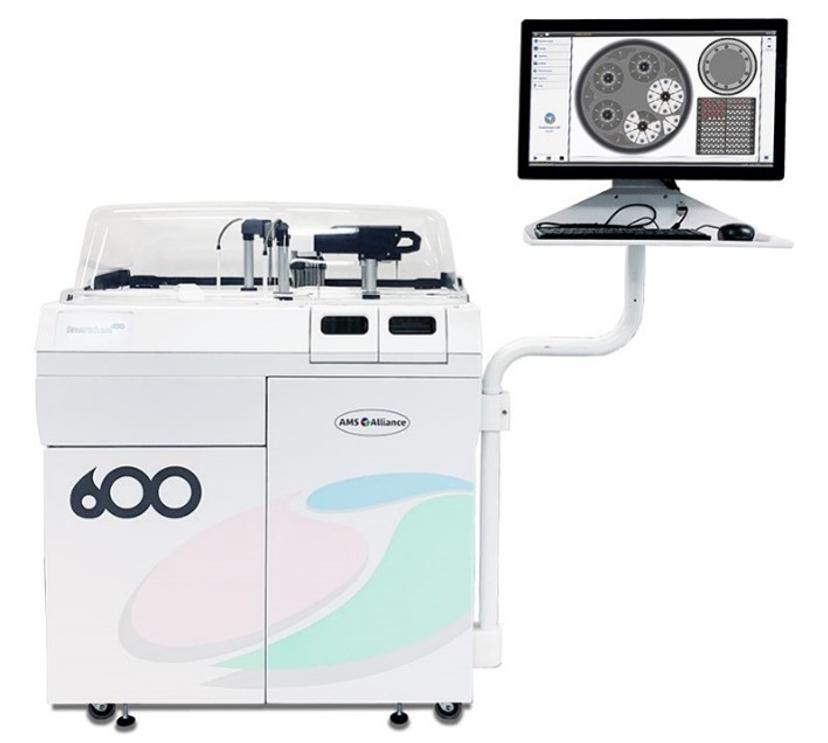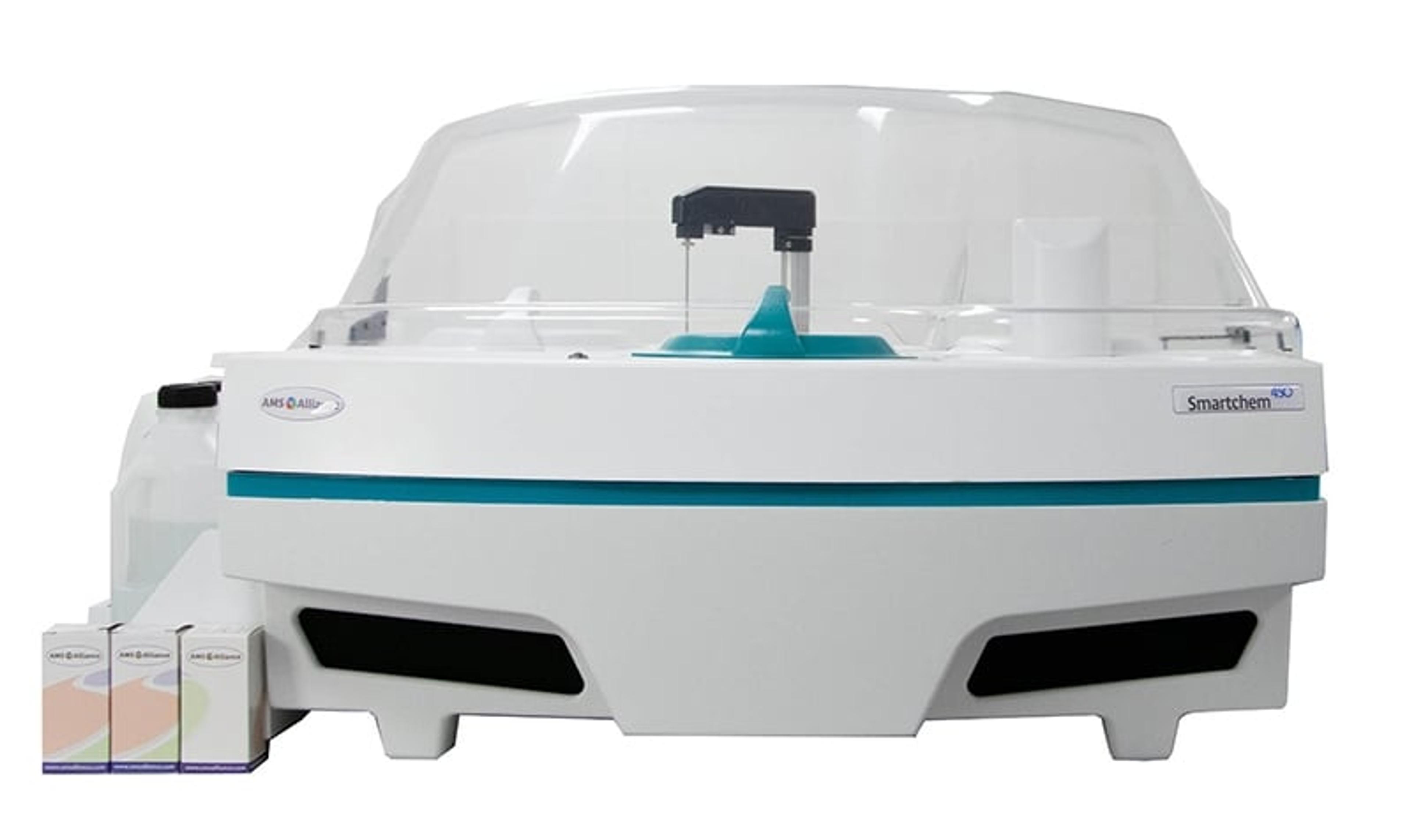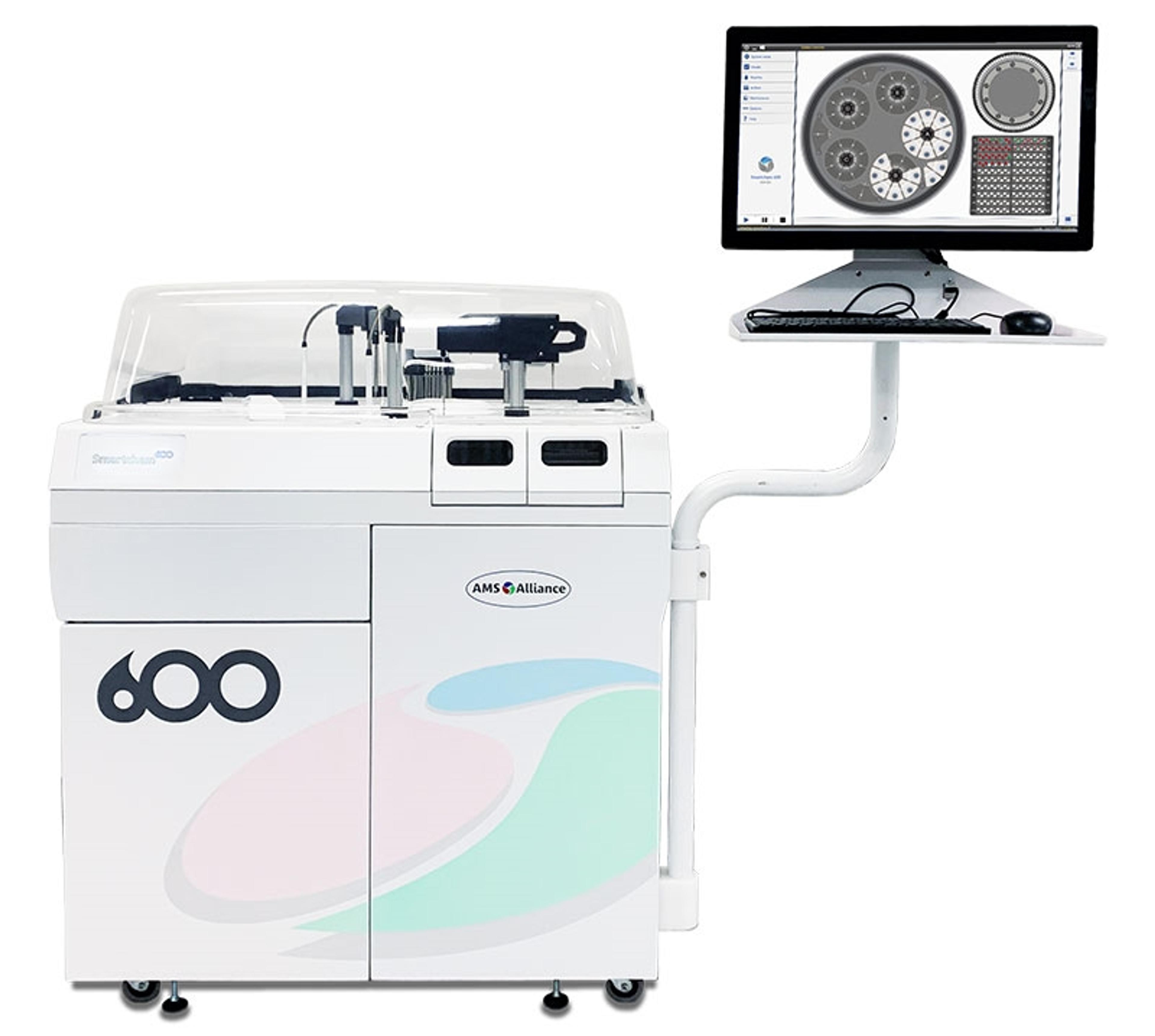How ‘walkaway’ automation can save time and reduce burden in analytical testing labs
Eliminate tedious tasks, accelerate timelines, expand testing capability and improve the overall output of your lab with automated analyzers
24 Aug 2022
Roberto Marcos Perchin shares the benefits of streamlining lab processes through automation.
In compliance with regulatory standards, water, soil, and other environmental samples need to go through a routine set of analytical tests that detect and measure contaminants and toxins. Regardless of the final application – safety testing for public health (known knowns), environmental monitoring (known unknowns), or open-ended research into pollutants (unknown unknowns) – scientists performing these analytical tests invariably feel the burden of tedious, multi-step protocols. If the samples being tested are time-sensitive or turnaround timelines are tight, this strain can inadvertently result in oversight or mix-ups, requiring unnecessary repeats, further stretching time and costs.
One way to alleviate laborious tasks and accelerate timelines in analytical labs, all while upholding data quality and meeting regulations, is to incorporate fit-for-purpose automated analyzers. In this article, we speak with Roberto Marcos Perchin, Business Development Manager at KPM Analytics, who works closely with analytical laboratories across multiple applications, about wet chemistry analyzers that are specifically designed to eliminate operator burden in busy analytical testing labs.
Streamlining to increase productivity
“We’re noticing that industrial and research labs are now becoming more and more like clinical labs by getting specialized in key areas rather than being generalists. In doing so, plenty of resources are now being diverted to specific high-end applications, such as sub-parts-per-trillion techniques that require specialized skills and trained personnel,” notes Perchin. “The important question to then address is: how can we streamline our operations to make the best use of our highly skilled technical staff?”
The important question to then address is: how can we streamline our operations to make the best use of our highly skilled technical staff?
Roberto Marcos Perchin KPM Analytics
In running a suite of analytical tests on water or soil samples, the focus tends to be on improving data accuracy and method reproducibility, with little attention being paid to staff productivity, i.e., eliminating time-consuming or repetitive tasks. “Most laboratories may not even realize the number of steps it can take to run just one sample from start to finish,” notes Perchin. “The time and operator burden can add up even with routine tests as each individual juggles multiple tasks such as preparing calibrators, maintaining experiment logs, performing instrument maintenance, generating reports, and so on, along with actually running the analytical tests.”
Streamlining the lab’s operations by implementing automated chemistry analyzers into the workflow can significantly improve overall productivity. Perchin continues: “If the standard operating procedure requires making five repeats for each calibration point, when done manually, it can get to lunchtime before the first sample is run. With automated analyzers, however, the operator simply sets it up, hits ‘start’ and lets it run all day long.”
SmartChem analyzers
The SmartChem® analyzers by KPM Analytics use a single platform to run samples and manage calibrations, standards, maintenance, and operator training so scientists can focus on higher-value tasks. These analyzers can also drastically increase the testing capacity of a lab by enabling dozens of tests to progress simultaneously. In only one hour, the SmartChem® 450 can run up to 450 tests, while the SmartChem® 600 can run up to 600 tests, with 100 and 200 sample positions respectively. “Consider an example which is common in geological expeditions – scientists collect ice samples to analyze the water for potential contaminants. They return from the expedition with 1,000–2,000 samples that need to be promptly tested without errors. In this instance, the automated wet analyzer can easily support the volume of tests,” says Perchin.
By far, the most important attribute of the automated wet analyzer is its ‘walkaway’ feature requiring minimal human intervention. The SmartChem analyzers can use reusable cuvettes and are equipped with a built-in cuvette washing module which means scientists no longer need to load, wash and reload any consumables during the analysis, for example Plus, special wash rules can be programmed for specific methods. “Many discrete analyzers use disposable cuvettes which pose a huge bottleneck because these need to be reloaded intermittently, requiring timely attention,” notes Perchin. “But we wanted to make sure we maximized the walkaway experience, so in the SmartChem analyzer, users can load as many samples as possible, run multiple methods and step away, while the cuvettes get washed and reused automatically.”

The SmartChem® 600 automates photometric and electrochemical analysis, and optimizes laboratory operation.
Moreover, as multiple analyses can be performed at once, labs can include additional tests within a single sample run, further expanding the scope of research or offering value-added services to customers.
Bringing in application-specific add-ons, too, can increase output with minimal effort. “One aspect that a lot of users have found useful is adding a cadmium column module to the analyzer to automate nitrate reduction to nitrite,” adds Perchin. “The idea is to save time by removing that step from the operator’s hands as well as minimize handling hydrazine, a highly carcinogenic agent.”
From a lab management perspective, with stringent budgets, leaders are required to allocate funds responsibly. As such, it is recommended to invest in versatile automation solutions that serve diverse applications. The SmartChem analyzers are currently being used in a wide range of end applications, including natural water monitoring, drinking water and wastewater contamination control, seawater testing, nutrient monitoring in agricultural areas, and explosive contamination tests in mining sites, among several others. Perchin adds: “By boosting workflow productivity, automation can impart transversality to laboratories even if the testing protocol, sample type, or the application were to change in the future.”


